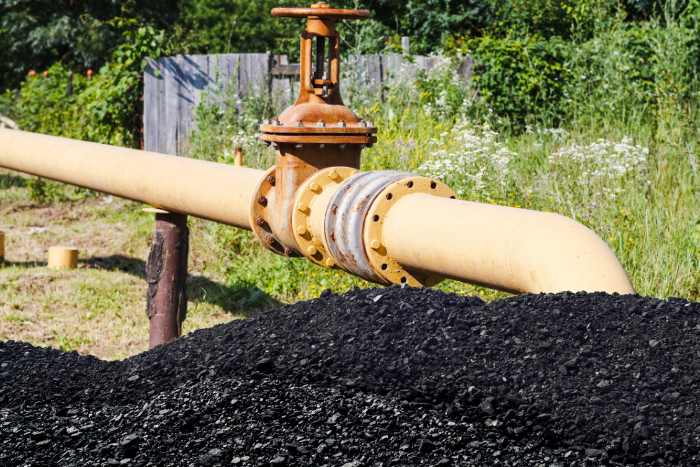Formalising its ambitions for coal gasification and coal-to-chemical, Coal India entered a market that has been the subject of decades of inter-ministerial dispute. CIL has partnered with Bharat Heavy Electricals Ltd (BHEL) to establish Bharat Coal Gasification and Chemicals (BCGCL), which intends to use CIL’s coal mines to generate almost 6,60,000 tonnes of ammonium nitrate. Officials estimated that the project will cost approximately ₹11,782 crore in total, of which ₹1,350 crore will go towards creating a detailed feasibility study (DFR). CIL and BHEL collaborated to establish BCGCL as a joint venture in May 2024. BHEL owns 49% of the shares, while CIL owns 51%.
Coal demand to stay flat through 2025: IEA
The International Energy Agency (IEA) projects that global coal demand will remain relatively consistent this year and next despite the rapidly growing share of renewable energy sources. This is because rising electricity demand in some key nations counteracts the effects of a slow recovery in hydropower and the rapid spread of solar and wind power. The two biggest coal-consuming countries in the world, China and India, saw robust growth in 2023, contributing to a 2.6% increase in global coal use to an all-time high. While coal demand grew in both the electricity and industrial sectors, the main driver was the use of coal to fill the gap created by low hydropower output and rapidly rising electricity demand.
Coal to stay at the centre of energy system for next two decades: Economic Survey
According to the 2023–24 Economic Survey, coal is predicted to remain the mainstay of the Indian energy system for the next 20 years, and the phase-down of the dry fuel would be significantly reliant on the import of essential minerals needed for renewable energy and battery storage. To avoid system risks and pursue low-emission paths in compliance with national commitments, India would prioritise a diverse range of energy security sources, with a major role for thermal power, including coal to provide base load. The survey said that integrating renewable energy with nuclear energy and biofuels research offers a way to accomplish these goals. Policy initiatives for cleaner coal like the Coal Gasification Mission, extraction of Coal Bed Methane gases, exploring Coal to Hydrogen, Carbon Capture and Storage, and Coal beneficiation through washeries, etc, ultra super-critical technologies for coal power plants need to be encouraged, the survey added.
Rich western countries leading oil and gas expansion
A surge in new oil and gas exploration in 2024 threatens to unleash nearly 12 billion tonnes of planet-heating emissions, with the world’s wealthiest countries – such as the US and the UK – leading a stampede of fossil fuel expansion, the Guardian reported. The new oil and gas field licences forecast to be awarded across the world this year are on track to generate the highest level of emissions since those issued in 2018, as heatwaves, wildfires, drought and floods cause death and destruction globally, according to analysis of industry data by the International Institute for Sustainable Development (IISD). Classic “petrostates” such as Saudi Arabia or Russia – which rely heavily on oil and gas revenues to balance their budgets – have faced criticism for slowing action on the climate crisis. Yet countries including the UK, the US, Canada, Norway and Australia are increasingly being thought of by some experts as the “other petrostates”, given they have access to financial and technological resources that would make the energy transition less disruptive.
About The Author
You may also like
Indian States Sign More Long-Term Coal Power Deals Over Rising Demand
Global Sports Bodies Face Renewed Criticism Over Aramco Ties Amid UN Human Rights Warning
India to Buy More Oil From US Amid Trump’s Calls to Lower Russian Oil Purchase
Nations to produce 120% more fossil fuels in 2030 than needed to limit to 1.5°C: Report
Emissions from fossil fuels impact human health across lifespan: Report

